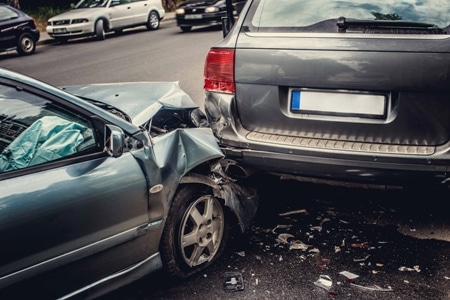Legally, proving negligence is key to establishing that one or more parties are liable for damages. In personal injury cases, this would be the party or parties that caused your injuries. However, what if you were partially responsible for your injuries? Does sharing in the fault mean that you are responsible for some or all of the expenses you have incurred?
In New York, personal injury lawsuits are subject to comparative negligence rules. Although these don’t prevent you from recovering compensation if you are found to be partially responsible for your injuries, such a rule can reduce the damages you may be able to recover.
How Is Negligence Established?

Next, your attorney must prove that the failure to uphold that duty constituted a breach, and the breach resulted in your injuries. Damages are the harm you sustain as a result of your injuries, potentially including medical expenses, lost income, etc.
Proving that the defendant was negligent and that their negligence caused your injuries is key to recovering compensation in your case. However, one very common tactic defense attorneys use is to try to shift the blame – in whole or in part – from their client to you.
How Does Comparative Neglience Work in New York Personal Injury Cases?
New York’s Civil Practice Law & Rules state that:
“In any action to recover damages … the culpable conduct attributable to the claimant … shall not bar recovery, but the amount of damages otherwise recoverable shall be diminished in the proportion which the culpable conduct attributable to the claimant or decedent bears to the culpable conduct which caused the damages.“
In plain language, if you are partly responsible for your own injuries in the accident, the compensation for which you are eligible is reduced according to the extent of that responsibility.

According to the Civil Practice Law & Rules cited above, you may still be eligible for damages. However, those damages will be reduced according to the amount of fault you share in the accident. Remember that “damages otherwise recoverable shall be diminished in … proportion“; if your failure to signal is determined to be 10 percent at fault for the crash, the damages you may stand to recover could be proportionally reduced by 10 percent.
Some states limit the comparative negligence rule so that a plaintiff filing suit is only eligible for compensation if he or she is deemed 50 percent or less responsible for the accident. This is not the case in New York; if you are found to be 90 percent at fault, you may still be eligible for 10 percent of the damages.
Contact an Experienced Injury Lawyer in Hudson Valley
The goal of every defense attorney is to demonstrate that his or her client was not at fault. Or, failing this, the defendant was not wholly responsible for damages in the claim.
Attorney Ira M. Maurer has seen this defense tactic countless times. He will fully investigate your claim in order to present evidence demonstrating the negligence of the defendant and, if necessary, refuting claims that you share in the blame.
Contact the Maurer Law Firm at (845) 896-5295 for a free consultation today. Ira M. Maurer serves clients in Fishkill, Beacon, Lagrangeville, Myers Corner, and throughout the Hudson Valley and nearby areas of New York.
